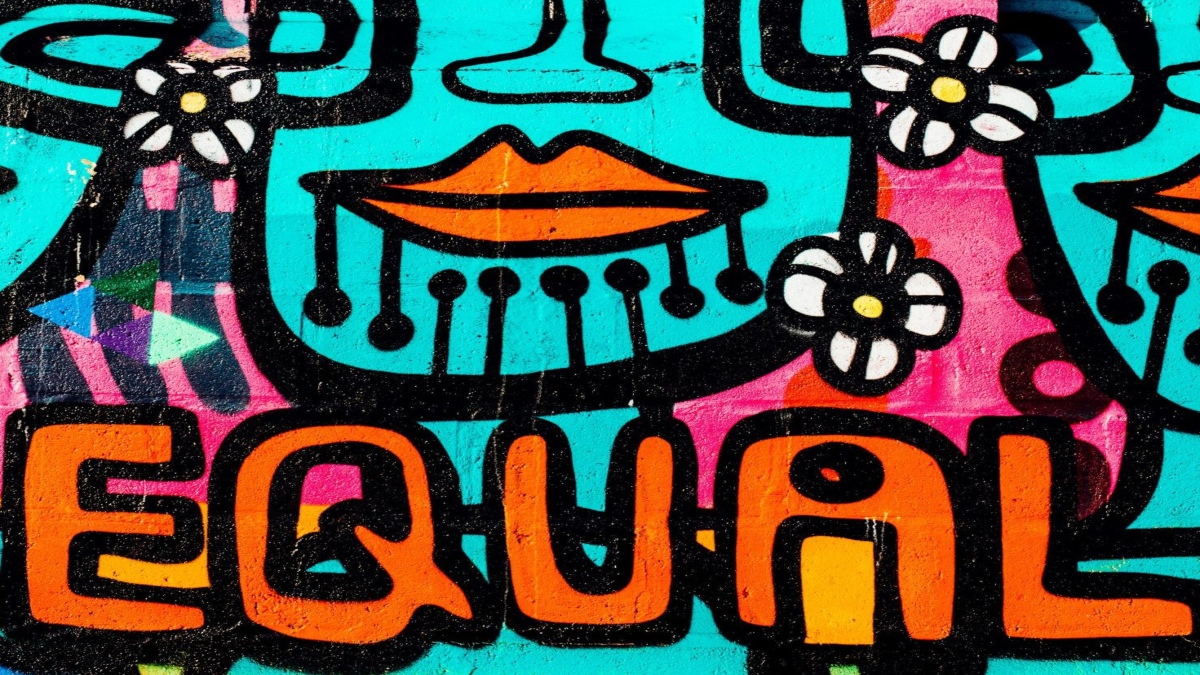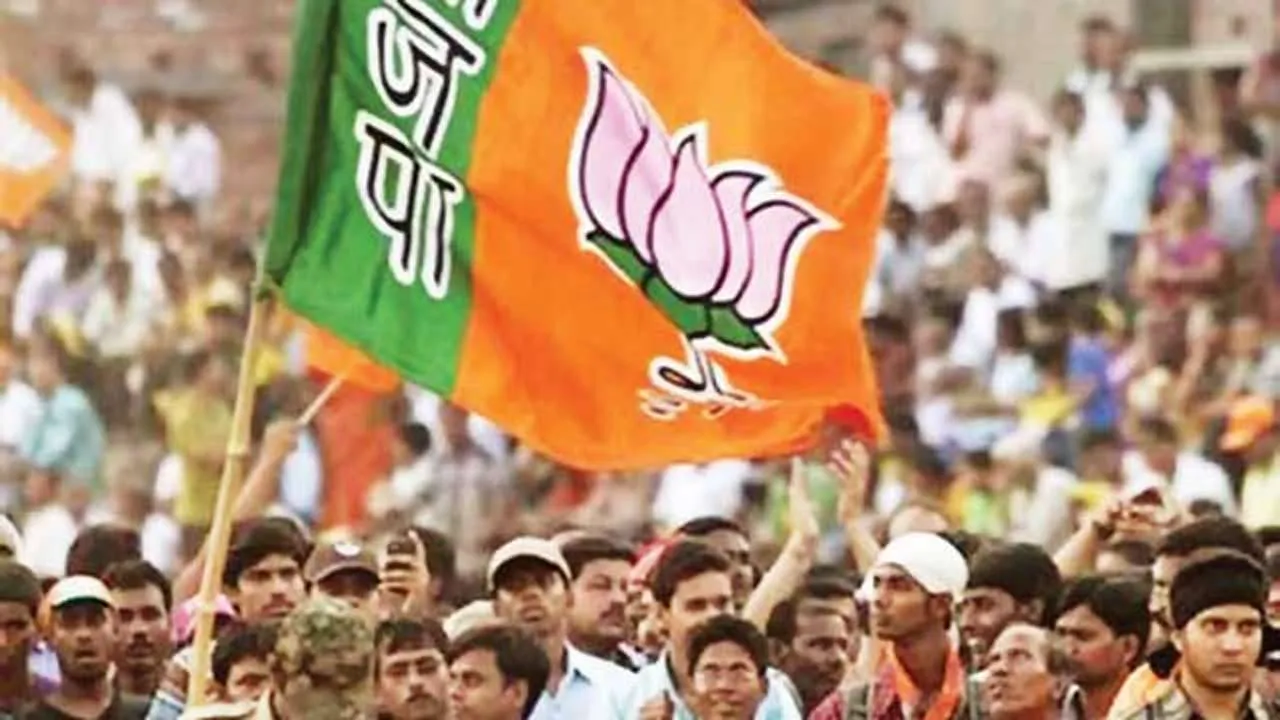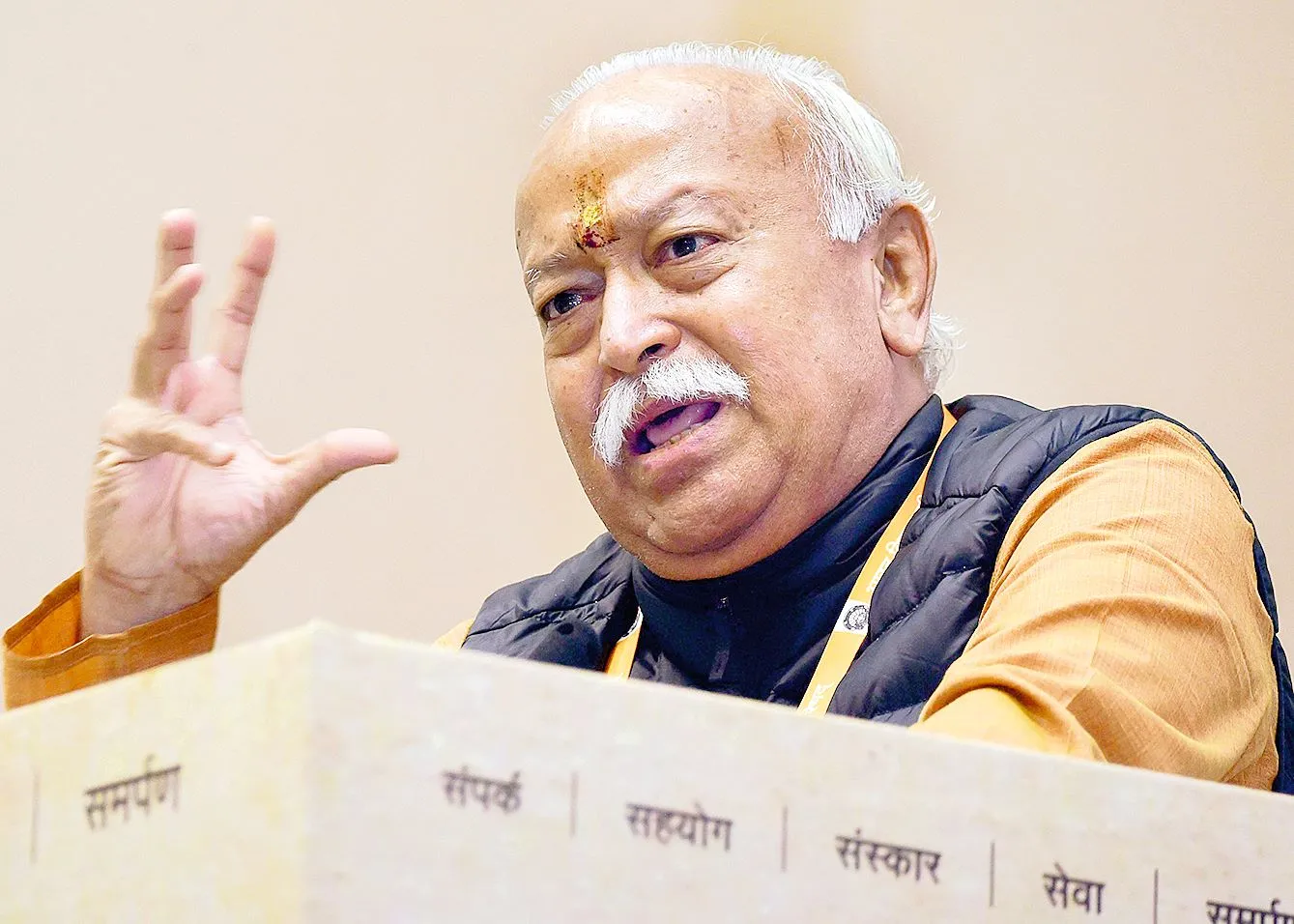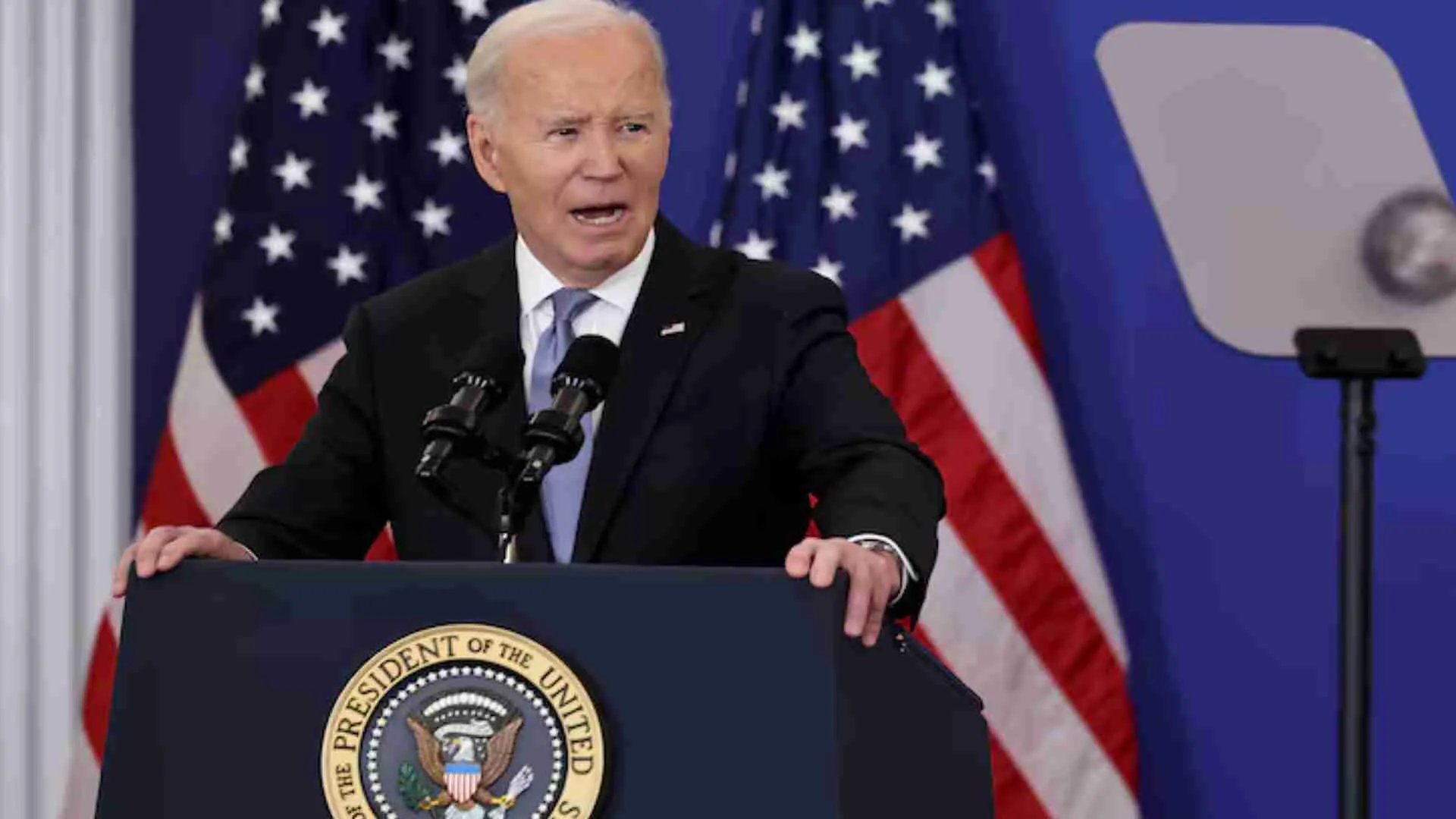Invariably, a discussion of any kind, on the current socio-cultural and economic structure, leads to a clichéd statement, “Women in India are considered inferior to men!” However, for most of us, it is difficult to understand the implications of what we generally exclaim. Is it simply about being a man or a woman? With different biological and physical characteristics? Or is it about what is expected of the two sexes in terms of how they should dress, behave or work? Or we expect them to vary as per the families they are born in, the workplaces they access, or the overall public sphere they get exposed to. While on one hand, the attributes are more dependent on their environment, and not so much on their physiology, every single act around us reinforces the fact that gender attributes are socially constructed. This only means that these are amenable to change and deserve refinement in order to make our society just and equitable.
With 48.5 percent women and girls, our country has the potential to nurture gender equality to its fullest. Ensuring both women and men have equal access to socially-valued goods, opportunities, resources, and rewards including their involvement in decision-making is the key. Nevertheless, it is important to clarify here that gender equality does not mean that men and women become the same; rather it is about their participation as equal partners in both productive and reproductive life.
The uproar in the last quarter of 2021 that sprung from the findings of Round 5 of the National Family Health Survey (NFHS-5), was all about India having more number of women than men for the first time in its recorded history. That was not all, the researchers that were involved also requested that we take it with a pinch of salt. The improvement in number is definitely a milestone, but we cannot deny that the inequalities faced by girls begin right at birth, follow them all through their lives, with disparities widening as they grow up to become adolescents and adults. Ironically, in the same year, the National Commission for Women also stated that they saw a 46 percent increase in the complaints of crimes against women in the first eight months.
Has one bothered to look at what the lives of women are like in the states that have improved sex ratio, or what the numbers look like for women when it comes to those completing their education or those having their independent bank accounts in those states? Are the states of Sikkim, Tripura, Uttarakhand, Jammu & Kashmir, Gujarat, and Karnataka more liveable for women? When one looks at Tripura, a decline in the crime against women is statistically visible, however, women continue to feel unsafe. As far as Karnataka is concerned, NFHS-5 also reflects that 48.4 per cent of women suffer from spousal violence, and the state shoulders the highest rank in the entire country. Regarding Gujarat, a report from the Insurance Regulatory & Development Authority of India (IRDAI) in 2020 reflected that only 27% of life insurance policy holders in Gujarat were women as against the all India average of 32%, ranking it as one of the bottom five states with the least number of women having life insurance coverage.
Arriving at some understanding based on the numbers, in that case, is neither right nor wrong, for Indians, equality should have implications that relate with distinct aspirations, needs, and behaviours of men and women. A noticeable change in labour force participation for women; along with education, health, and political leadership is non-negotiable.
Under the Sustainable Development Goal (SDG)-5, ‘Achieve gender equality and empower all women and girls’, 72 gender-specific indicators are being monitored for the 193 UN Member States.
In India, indicators pertaining to political participation, accountability and gender-responsive institutions show that 83.3% of legal frameworks that promote, enforce and monitor gender equality under this SDG, with a focus on violence against women, are in place. 72.8% of women of reproductive age (15-49 years) have their need for family planning satisfied with modern methods, and 27.3% of women aged 20–24 years old are married or in a union before age 18. And 14.4% of seats in parliament are held by women.
Closing these gender data gaps is essential for achieving gender-related SDG commitments in India. Acknowledging the loopholes and applying what we preach within our own lives first is the real solution. Reformation cannot be instructive; it has to be prioritized within our personal spheres. The spectrum is much wider than we can envisage. Starting from enjoying the item song, where the very word ‘item’ refers to the woman who dances for the audience; witnessing forceful marriages around us; following discriminatory rules for sons and daughters, and shutting our windows to avoid seeing violence against the woman next door; and not reacting to female foeticide within our extended family.
Newer laws for protecting women and implementing those stringently are definitely needed. Much more has to be done to raise awareness about the issues women face, either through media, by condemning the culprits publicly, or by strengthening the girl power right in their school days. A generation that firmly disapproves of perpetrators instead of accepting them is needed at this juncture. This calls for an attitudinal shift where women have to be considered as equal within our homes first for them to eventually receive equal status in broader society.
Closing the gender data gaps is essential for achieving gender-related SDG commitments in India. Acknowledging the loopholes and applying what we preach within our own lives first is the real solution. Reformation cannot be instructive, it has to be prioritized within our personal spheres. The spectrum is much wider than we can envisage. Starting from enjoying the item song, where the very word ‘item’ refers to the woman who dances for the audience; witnessing forceful marriages around us; following discriminatory rules for sons and daughters, and shutting our windows to avoiding seeing violence against the woman next door; and not reacting to female foeticide within our extended family.























